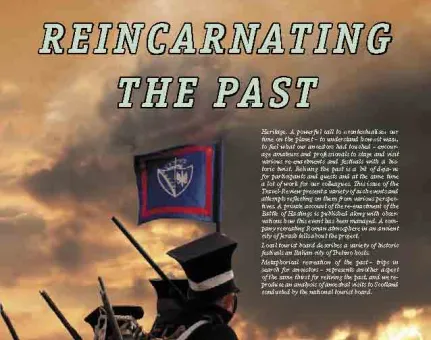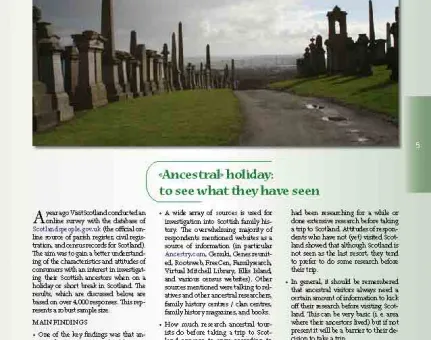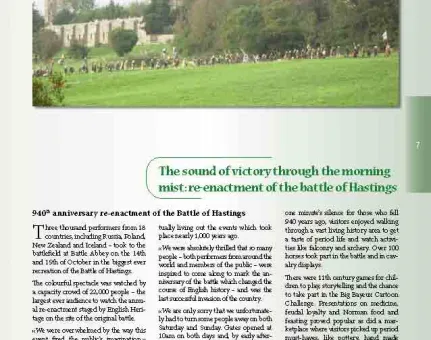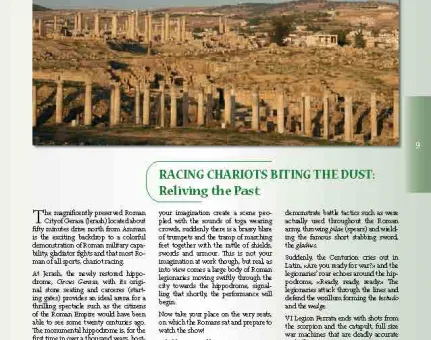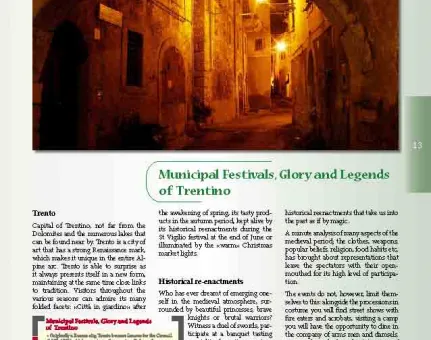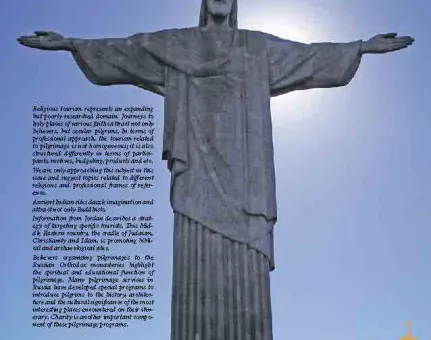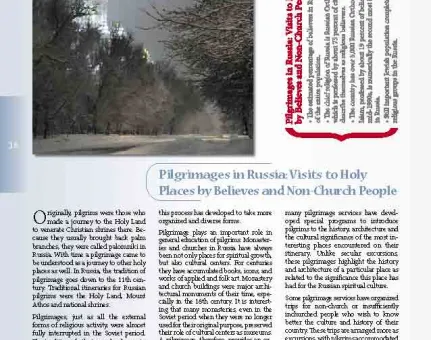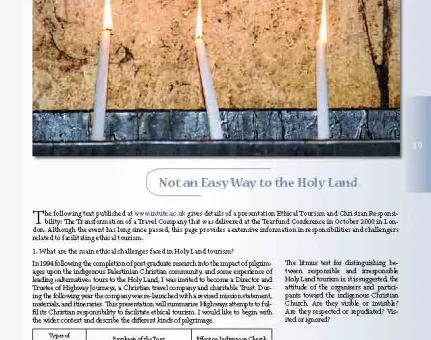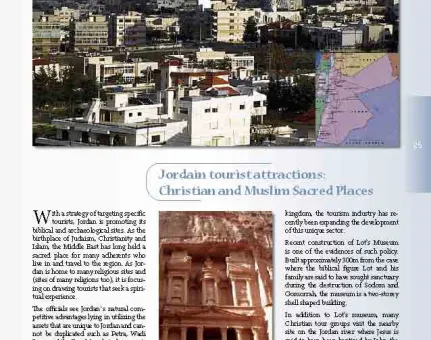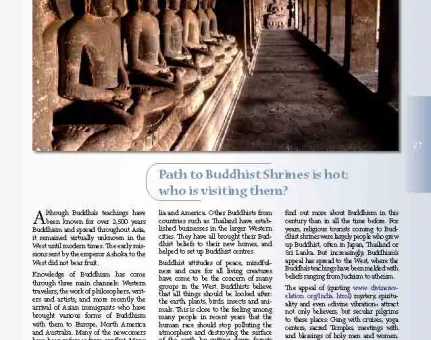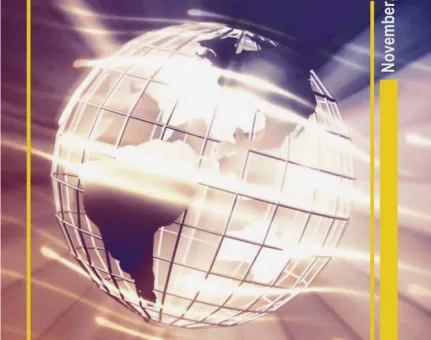
We are inviting you today to browse our second issue. Since our first edition we have received an extensive feedback and would like to thank tourist boards, travel authors, companies and partner organisations for their advice and support. Your feedback has helped us to focus our “vision” to identify new tendencies in our exciting industry: new motives, mew means, new products and new services in the field of tourism. Following our primary goal to bridge professional and informational divide in Europe, we continue publishing information and analysis about projects emerging in different parts of Europe and even further away.
This is our last issue in 2006. We wish you a Happy New Year and hope to meet again next January.
Oxana Morgunova
Editor Tourism-review.com


